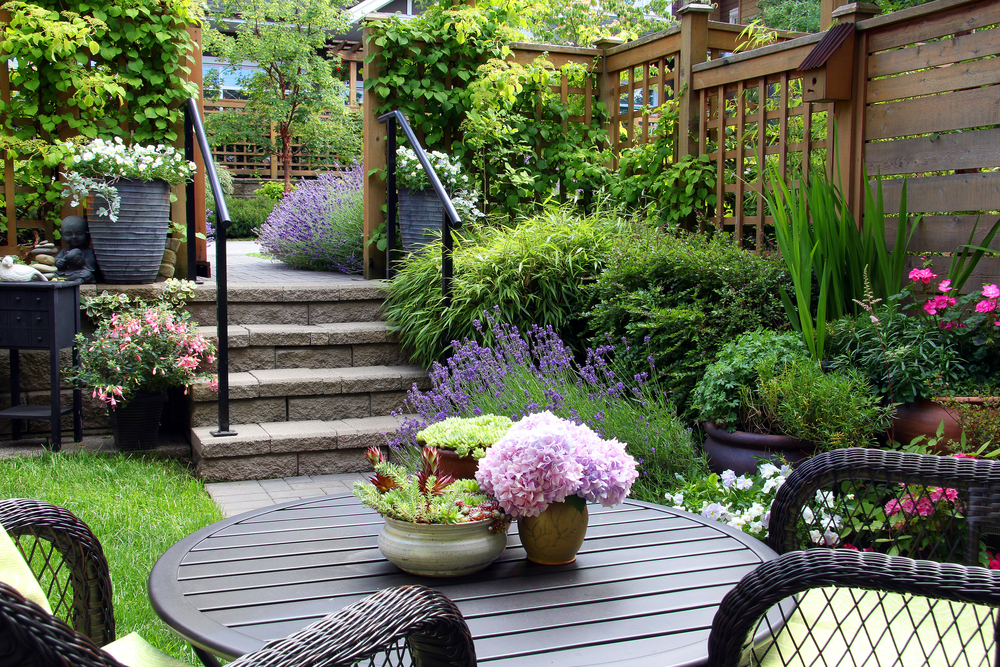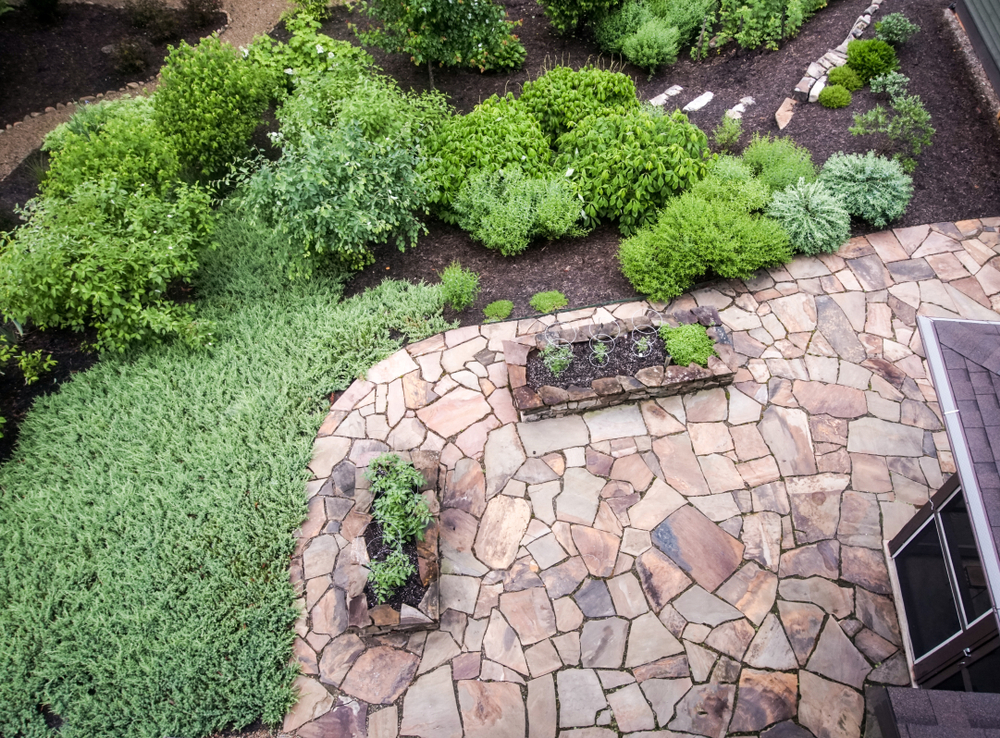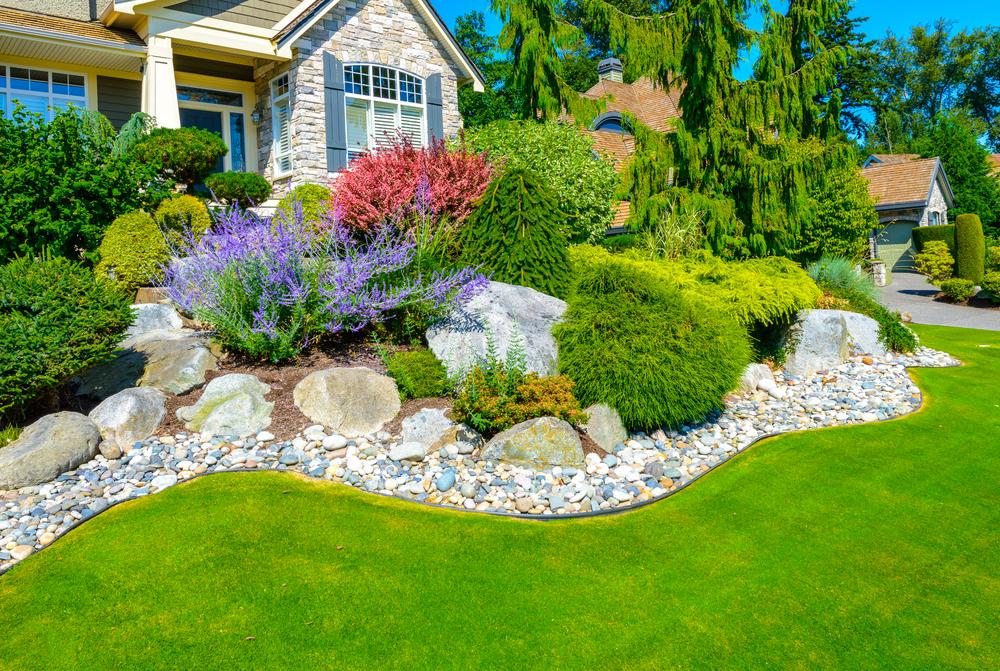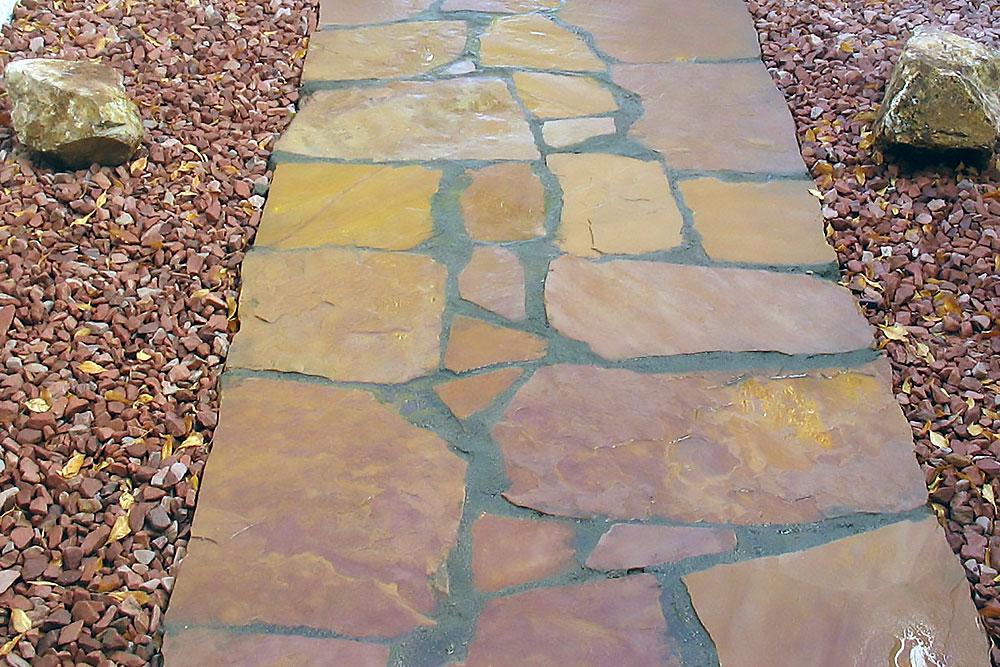Algae growth is a problem for nearly every outdoor freshwater fish pond or water feature. Learning how to prevent it from growing can save countless hours of time spent cleaning it off the pond’s rocks.
Three Tricks for Preventing Algae Growth in Freshwater Fish Ponds
Having a backyard water feature is becoming more popular among homeowners who seek to turn their properties into a relaxing and beautiful space. However, many of these water features require a great deal of maintenance in order to keep them looking good. One particularly common problem is algae, which can grow on the water’s surface and on stationary items like river stones. These tips will help you prevent the unsightly growth of algae on your shiny landscape rocks.
Keep the Water Circulating
Algae prefers to grow on stagnant surfaces. Installing a pump that keeps the water in the pond circulating is not only good for your fish, but it also helps to inhibit the growth of unattractive globs of algae on your landscaping and the rocks around the pond’s perimeter. Once each week, the pump’s mechanical parts and tubing will need to be cleaned out with a vinegar solution to kill any mold, algae and fungi.
Skim Off Solid Debris
A quick skimming of solid debris, such as leaves and sticks, also helps to keep algae at bay. When organic matter like twigs and leaves breaks down, it provides nutrients that fuel algae growth. Use a pool net to skim the pond’s surface at least every other day.
Create an Inhospitable Environment
Algae does not like acidic conditions. If your fish and other water plants can tolerate it, add one half of a cup of vinegar to the water about once per week. Algae will not be able to grow in such an inhospitable environment. The white vinegar can also be used to keep outdoor fountains clean. It should not be added to bird baths or any bowls from which the family dog drinks.
Looking to add more to your backyard pond? Check out the Pavestone Rumblestone Waterfall from The Pavestone Company.





